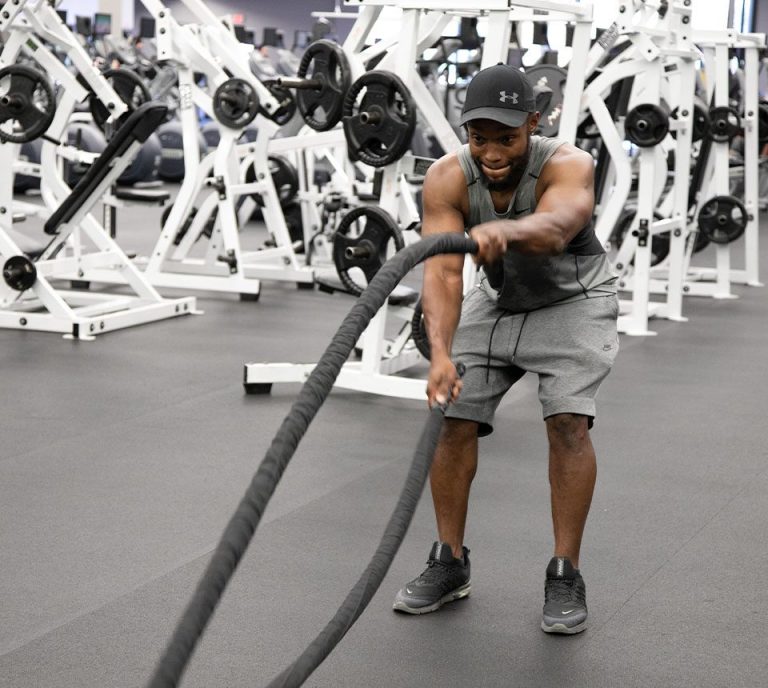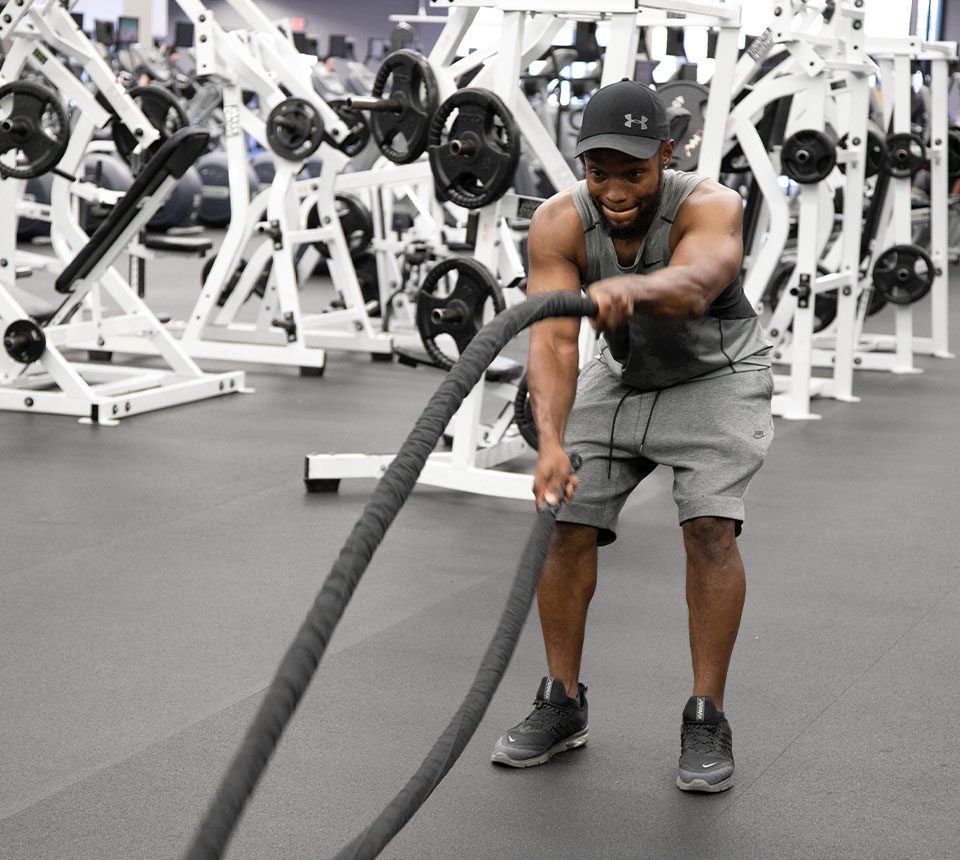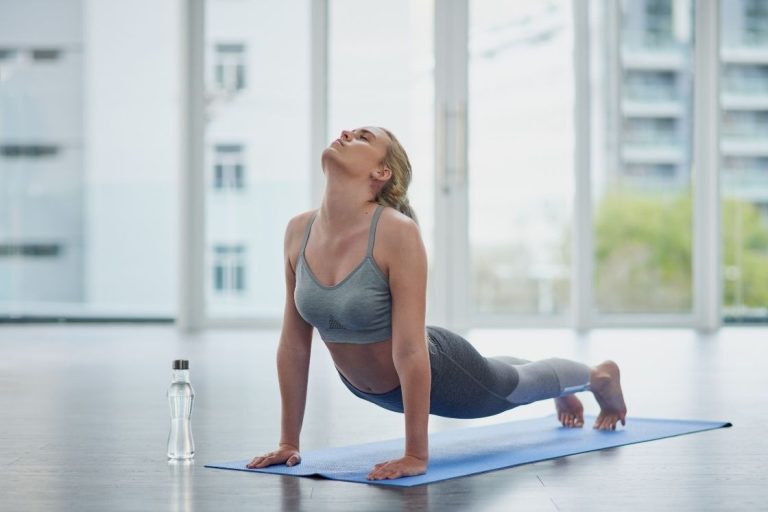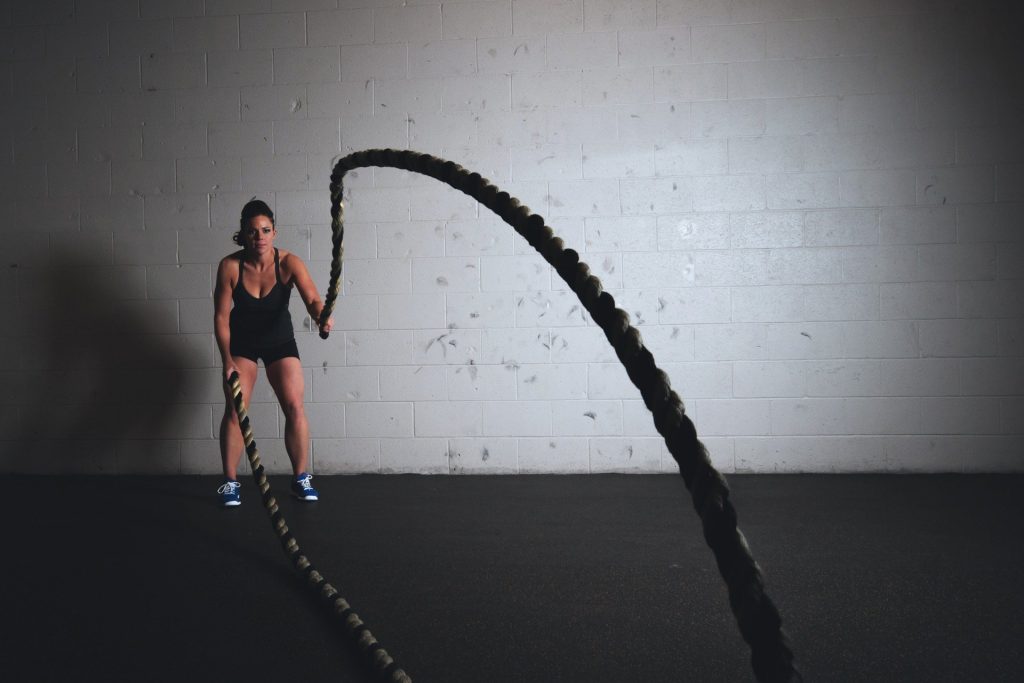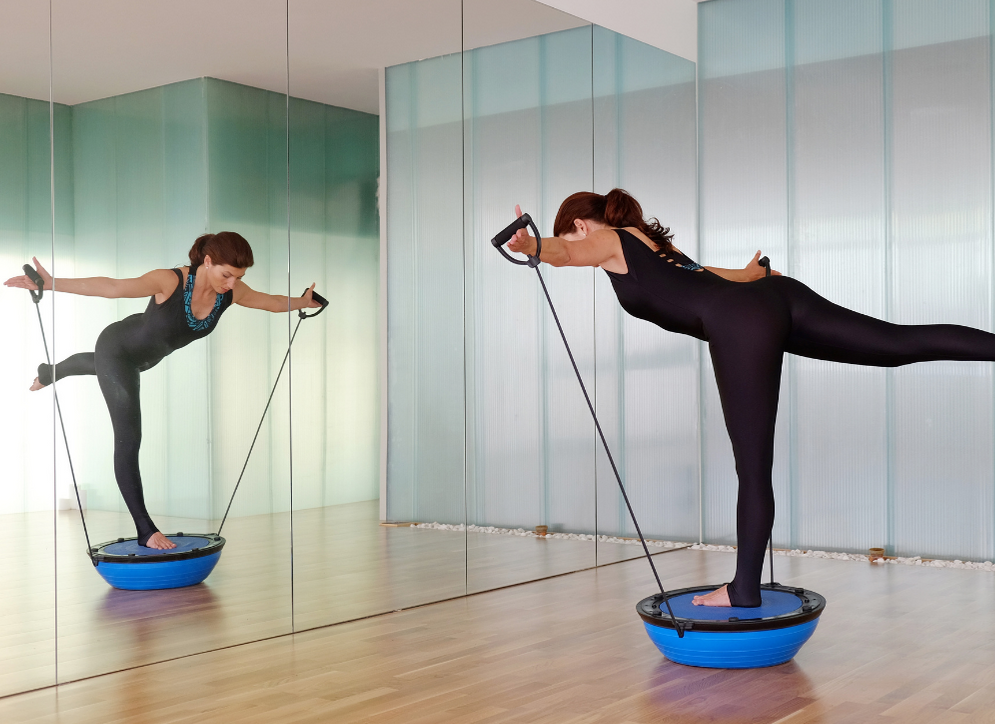Whether it’s for a competition or a personal achievement, it’s always important to stay in good physical condition. A person’s speed can be improved if they train properly and go from their current level to a higher one by gaining speed. If you’re looking to run faster, the best way to achieve this is with training. Check out this article and learn how to increase your speed and run faster.

Instructions for Faster Running
- Start by getting to a proper weight to breathe better and run effectively. The appropriate weight for a person who does sports is 15 kilos less than the centimeters of height that they measure as a cat, and at most, the same number of centimeters of their height from 100 but in kilos. For example, if you are 167cm tall and do sports, the minimum healthy weight you can have been 52 kilos, and the maximum recommended weight is 67 kilos. That is, if you are 180cm tall, your ideal weight goes from 80 kilos to 65 kilos.
- If your weight is made of muscle, you don’t need to lose weight. Only if it’s fat in such a case and only if you’re overweight.
- Increase your protein intake. Eat lean meat cooked at home. No junk food or sugary drinks, with artificial sweeteners. Give preference to plain water or water with natural fruit juice. Eat milk, eggs, fruits, and vegetables.
- Increase distances and speeds. To run faster, you need to increase the number of times you run fast, and decrease the number of times you soften your pace. You shouldn’t do it all at once, but you should go little by little increasing the speed in your runs.
- Train your abdomen at least 3 times a week for 15 minutes. In order to be in good physical condition when running, you must also train other parts of the body. If possible, also train your back with inverted push-ups and your arms and shoulders with dumbbells.
- Don’t focus on increasing the amount of your food, but on eating nutritious and healthy things.
- Don’t overexert your body. While it’s okay to put your body through certain rigorous exercises, you shouldn’t overdo it and overdo it. It is advisable to start gaining strength and speed when running is not to do more than 2 hours of exercise a day and you should rest at least two days in a row.
What do you need to run faster?
- Constancy
Tips for Running Faster
Eat home-cooked low-fat, low-sugar meals at least 3 times a day until you are satisfied, and drink plenty of water.
What tricks do you use to run faster? Any help will be very useful to readers.
